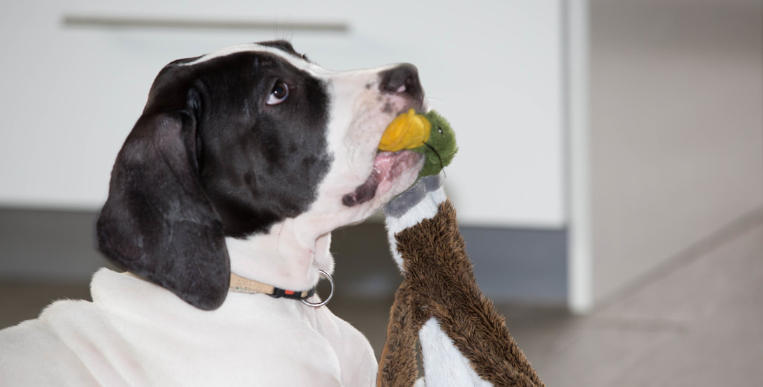Introduction
The European Dane, also known as the Great Dane, is one of the most recognizable dog breeds in the world, known for its incredible size and gentle demeanor. With a rich history and a reputation for love and loyalty, these dogs make wonderful companions for families and individuals alike. Understanding their characteristics, care requirements, and training needs can significantly enhance the experience of owning one of these magnificent pets.
1. A Brief History of the European Dane
The European Dane traces its roots back to ancient hunting breeds in Europe, particularly in Germany, where they were originally bred to hunt wild boar and protect estates. Their majestic stature earned them the nickname “Apollo of Dogs.” Over the years, their purpose shifted from hunting to companionship, and they became popular family pets. Today, European Danes are celebrated not just for their impressive size but also for their friendly and affectionate nature, making them beloved members of many households around the world.
2. Characteristics and Temperament
European Danes are often described as gentle giants due to their large size combined with a surprisingly calm personality. Adult males typically weigh between 140-175 pounds and stand about 30-34 inches tall at the shoulder. Despite their imposing stature, these dogs are known for their loving demeanor and make excellent around children and other pets. Socialization and training from a young age are crucial to ensure they grow up to be well-mannered. Their friendly disposition and playful nature make them an ideal companion for families looking for a loving pet.
3. Care and Training Tips
Caring for a European Dane involves addressing their unique needs, particularly regarding exercise, diet, and health. These dogs require regular physical activity to maintain their health, but due to their size, it’s essential not to over-exercise them, especially as puppies. Feeding them a high-quality diet rich in nutrients is crucial to support their growth and overall well-being. Regular veterinary check-ups are necessary to identify any potential health issues, such as hip dysplasia or heart problems that can be common in large breeds. Training should be a positive experience, employing gentle but firm techniques that encourage obedience and good behavior.
Conclusion
Owning a European Dane can be a rewarding experience filled with love and companionship. Their gentle nature and striking appearance make them stand out, but it’s essential to understand their specific care and training requirements. If you’re considering adding a European Dane to your family, take some time to learn more about their needs and characteristics. With the right environment and care, these majestic dogs can truly become a cherished part of your home.
